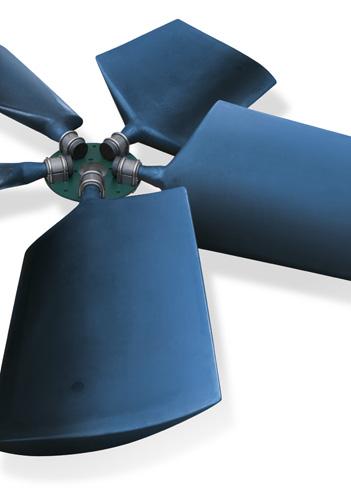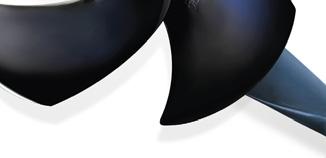
10 minute read
Silencing the sound waves



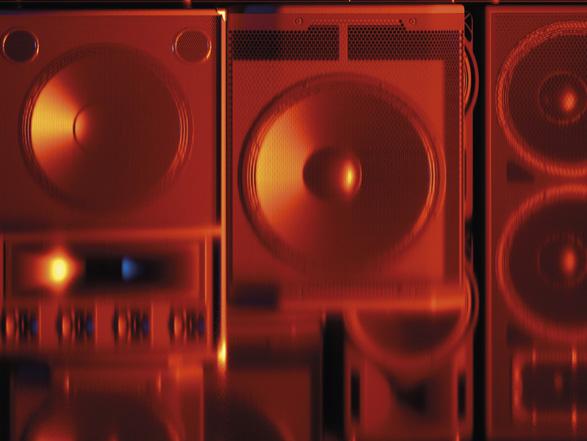
Jos Oude Luttikhuis, Howden, the Netherlands, explains why selecting the right cooling fans is integral to reduce noise emissions in LNG plants.
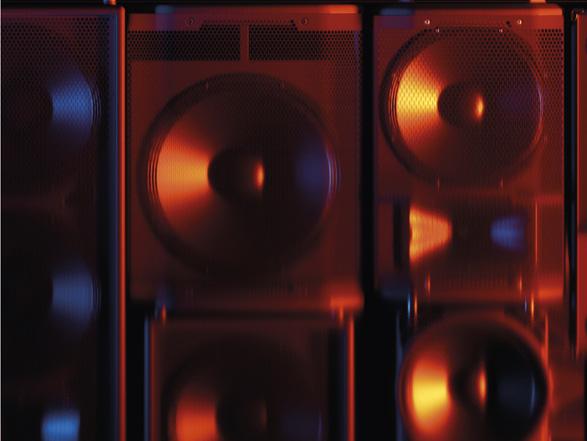

As the world gears up for a future of lower carbon energy, gas, and in particular LNG, is to play a vital role within the overall energy mix. The production of LNG, like many other processes within the energy field, requires substantial investment in facilities to make this happen.
Operators faced with the development and construction of such facilities have a huge number of decisions to make, from liquefaction process technology and design to intricate considerations over the impact on the environment within which the plant will be located.
One such aspect relates to noise emissions. As with any industrial facility, there are regulations that are in place to ensure that the impact on the well-being of on-site personnel is controlled to an acceptable level, as well as reducing the impact on the wider environment and potential communities in the vicinity of the plant. The noise regulations within the plant (termed near field) can commonly specify levels of below 85 dBA. There can be a range of mitigating solutions to reduce the noise as well as provide personnel with suitable protective equipment. The regulations for noise levels beyond the plant (termed far field) can be much more stringent, targeting averages below 50 dBA, with factors such as proximity to sensitive areas increasing the demand for controls.
LNG trains generate substantial levels of noise and due to the large array of equipment, there are multiple sources which contribute to the overall emissions. While much of the equipment is situated within enclosed buildings and therefore can be addressed through noise mitigation solutions, the heat rejection cycle typically involves large heat exchangers which

Table 1. Comparison of fan model noise performance
Standard (E series) Low noise (E Series) Very low noise (E series) Ultra low noise (SX series)
Solidity = 0.18 Solidity = 0.38 Solidity = 0.49 Solidity = 0.71
RPM = 246 RPM = 192 RPM = 179 RPM = 179
Tip speed = 55 m/s Tip speed = 43 m/s Tip speed = 40 m/s Tip speed = 39 m/s
Sound (PWL) = 100.5 dBA Sound (PWL) = 93.6 dBA Sound (PWL) = 90.7 dBA Sound (PWL) = 84 dBA
– Gain vs standard 6.9 dBA Gain vs standard 9.8 dBA Gain vs standard 16.5 dBA
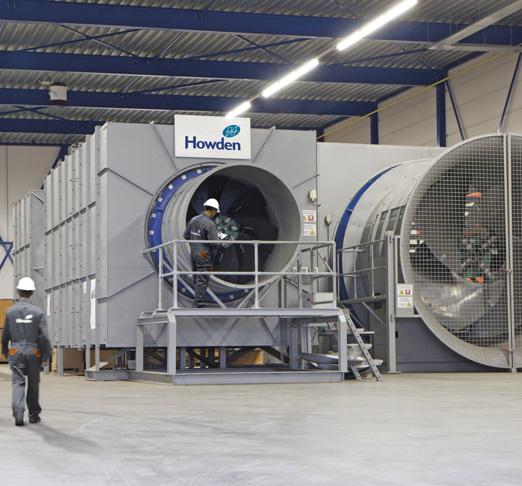
Figure 1. SX cooling fans undergoing tests.
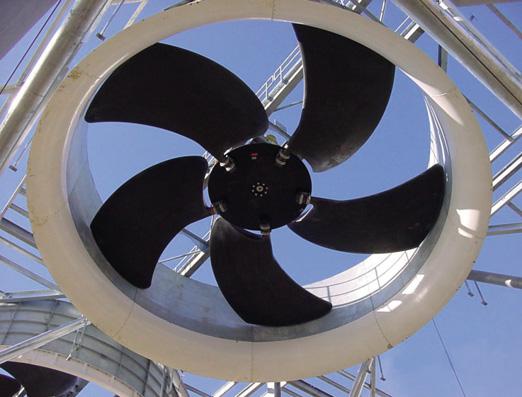
Figure 2. SX series fan installed on-site. are located externally. This is therefore often the top contributor to far field noise.
Addressing process cooling noise
Each train will generate significant amounts of heat from the liquefaction cycle, which needs to be transferred to atmosphere to enable the safe ongoing operation of the process. The selected method is mostly either to use water-cooled cooling towers or air-cooled heat exchangers (ACHE).
Where an ACHE is selected, it is often based on its relative simplicity with limited additional infrastructure, despite a potentially overall lower efficiency and larger footprint. Cooling towers offer improved cooling efficiency and a smaller footprint where the complexity is accepted and water resources are adequate. Due to the levels of heat rejection required, regardless of the selected process cooling solution, cooling fans are likely to be used in substantial numbers. There may be hundreds of fans drawing the hot air from the system, each of which can generate noise emissions that when multiplied, presents operators and their consultant engineers with a significant issue in regards to compliance with environmental regulations.
Not all fans are created equal
There are a range of cooling fans available on the market. A standard cooling fan can emit over 100 dBA when operating at full speed. The contributors to fan noise are tip speed, aerodynamic power, the diameter of the fan, the geometrical shape of the blade, and other variables from the fan inlet/outlet to obstacles and drive noise. In order to achieve lower noise emissions, the fan design focuses on geometrical shape and the potential to achieve a lower tip speed.
Potential geometrical profiles are linked to the manufacturing process as much as the design itself. Many standard fans on offer are manufactured from aluminium, which brings restrictions to the design possibilities. At Howden, the blades are manufactured from fibreglass reinforced polyester (FRP), with layers being built up within specified moulds.
This material and approach gives full flexibility for the design as it involves virtually no restriction in shape. The design can therefore focus on creating a blade that meets the precise shape required to maximise efficient performance as well as minimising noise output. The characteristics that are sought for a high performance fan blade are a non-symmetrical air foil with a variable chord and twist. The twist enables the blade to compensate for the peripheral change in speed from the blade tip to the wide chord, and fans without this can be as much as 50% lower in terms of static efficiency.
The FRP material carries additional value as, being a relatively low weight material, the blade can be produced to concentrate strength into the area where it is needed most, for example the neck and shoulder of blades; non-structural parts such as the tip can have less material applied to carry less weight. The material also offers impressive damping of mechanical vibrations, especially when compared to aluminium (up to six times). In summary, the use of moulded FRP brings real advantages to cooling system operators in lower power consumption with related lower running costs, as well as reliability and longevity of the fan.
Specifically, within the context of noise reduction, fans produced from moulded FRP are able to have a thick aero foil. It is this design aspect which translates to the ability to generate the required pressure differential at low speed. Low fan speed is the goal for operators seeking lower noise.
Noise reduction options
To illustrate the performance step-up from a standard fan to lower noise alternatives, the Howden range can be described focusing on the different solidity of blade and the potential tip speed. The diagram in Table 1 shows four fans operating at a given duty point – this is based on a fan with a 14 ft (4.2 m) dia., an air flow of 100 m3/s, and pressure of 170 Pa.
By changing the profile and adding to the solidity of the blade through the manufacturing process described, the tip speed can be reduced while delivering the same cooling performance. This has a substantial impact on the noise level, gaining reductions of up to 16.5 dBA vs the standard fan.
Additional selection factors
Noise can often be the driving consideration when selecting fans, however other factors will play a part such as the cooling system footprint and operating costs. Addressing the noise requirement can also bring benefits in both of these areas. Low noise impellers can reduce the cooler size while maintaining the same cooling capacity. This is possible due to the higher static pressure and increased flow per fan. As a result, fewer fans are needed to meet the target cooling duty. The combination of fewer fans of a high efficiency design contributes to lower lifetime operating costs both in terms of less power consumption and less maintenance.
When it comes to options, Howden is able to provide a high level of flexibility even within the specific series designated as low or ultra-low noise. Each can be configured with different numbers of blades of varying sizes to meet the desired performance (noise and efficiency). Increased protection for the blades can be added through
The Gas Experts since 1980

THE GAS EXPERTS Innovations for Greener Shipping

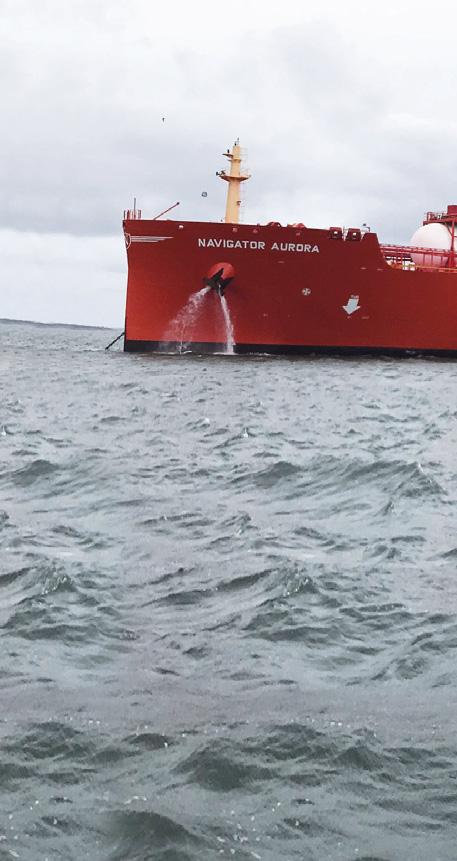

TGE Marine Gas Engineering is the world’s leading engineering contractor for small LNG vessels and fuel gas systems.

Our reference of cargo systems for small LNG carriers and LNG bunker vessels cover the range from 5,000 m3 to 30,000 m3, all with IMO Type C tanks. LNG fuel gas systems are suited for all types of engines. TGE Marine is your best partner for all aspects of the LNG marine supply chain and alternative fuels.

LNG Fuel Gas Storage Tanks LNG Fuel Gas Systems for 2-and 4-stroke Engines LNG FSRUs LNG Bunker Solutions LNG/Ethylene/LPG Carriers

The Story behind the picture.
LNG fuel
Bunkering
Transport
Storage-Tank
special coatings and leading edge protection, particularly in the case of wet cooling systems. These additions give greater assurance of long-term, reliable operation, minimising future maintenance.
Case from a large LNG liquefaction plant
The Golden Pass LNG plant is a US$10 billion project owned by Qatar Petroleum and ExxonMobil. It is set to make the existing terminal in Sabine Pass, Texas, US, a premier LNG exporter. The plant will operate three liquefaction trains to provide an annual output of 15.6 million t of LNG.
Environmental interests around the site are very important, with the operator (ExxonMobil) particularly concerned that the noise levels are kept within stringent boundaries (set by the regulator FERC at 55 dBA Ldn – day night sound level). The site requires a large number of coolers and condensers to support the process and power cooling. The appointed EPC (Chiyoda) was looking for solutions from the cooling system providers, which were able to meet this high specification.
As one of the industry leaders in the design and supply of low noise cooling fans, a number of the bidding cooler suppliers turned to Howden for technical options. Howden was able to utilise its in-depth technical knowledge to propose multiple variants able to meet the design specification.
The successful OEM, Dasan Thermal Solutions (DTS) of Korea, is to supply a cooling system based on its ACHE technology comprising 17 types of coolers and condensers. Once complete, the ACHE system will incorporate more than 600 cooling fans mainly in induced draught configuration. The highest number of fans will be employed within the propane condenser – a total of 288 fans for the three trains. The fans selected are variants of the SX model with sizes ranging from 5 - 14 ft in dia. (approximately 1.5 - 4.2 m). DTS had broken down the noise requirements to each of the 17 types ranging from approximately 72 dB power level for the smaller fans to approximately 80 dB for the larger ones. With three and four bladed SX fans, Howden was able to satisfy all of the requirements and even underbid in some cases.
As part of its product evaluation, DTS required noise tests to enable performance comparisons. Howden was able to leverage its global network to attend the test in Korea and provide support to the DTS engineers, as well as explain the performance of the fan to technical managers of Chiyoda. This involved representatives from Howden’s centre of excellence in the Netherlands and from its businesses in China, Korea, and Japan.
Conclusion
Process cooling is an integral part of the LNG production process and the resulting noise pollution is one of many issues that need to be addressed by engineers.
As fans within such systems are large contributors to noise, tackling the issue at source can be an advantageous approach. Fan design, manufacturing methods, and materials are key to meeting environmental regulations without sacrificing performance; in fact low noise fans are able to deliver benefits to the whole system design and ongoing efficient operation.
Industry leading low noise and high efficiency fans
Supporting process and utility cooling systems

Maximise capacity while minimising footprint and meeting site regulations.

Howden supply a range of equipment for LNG processing:
Fans and blowers for sulphur recovery Compressors for boil off gas and helium Incinerator fans Fans for submerged combustion vaporisers Utility wastewater blowers
